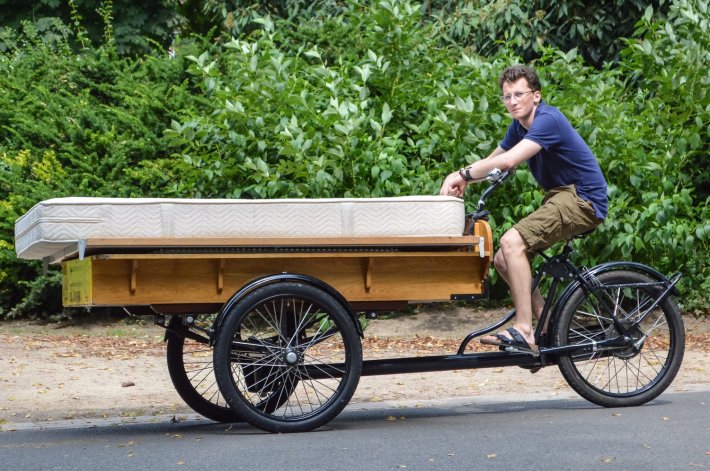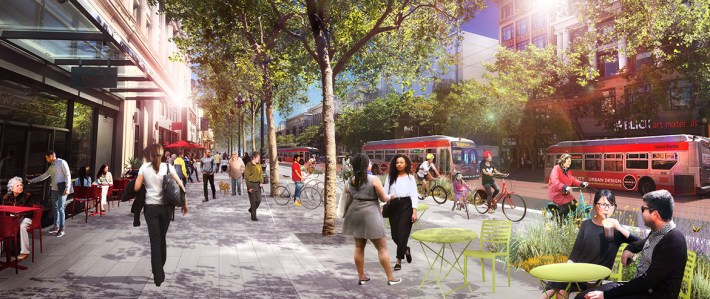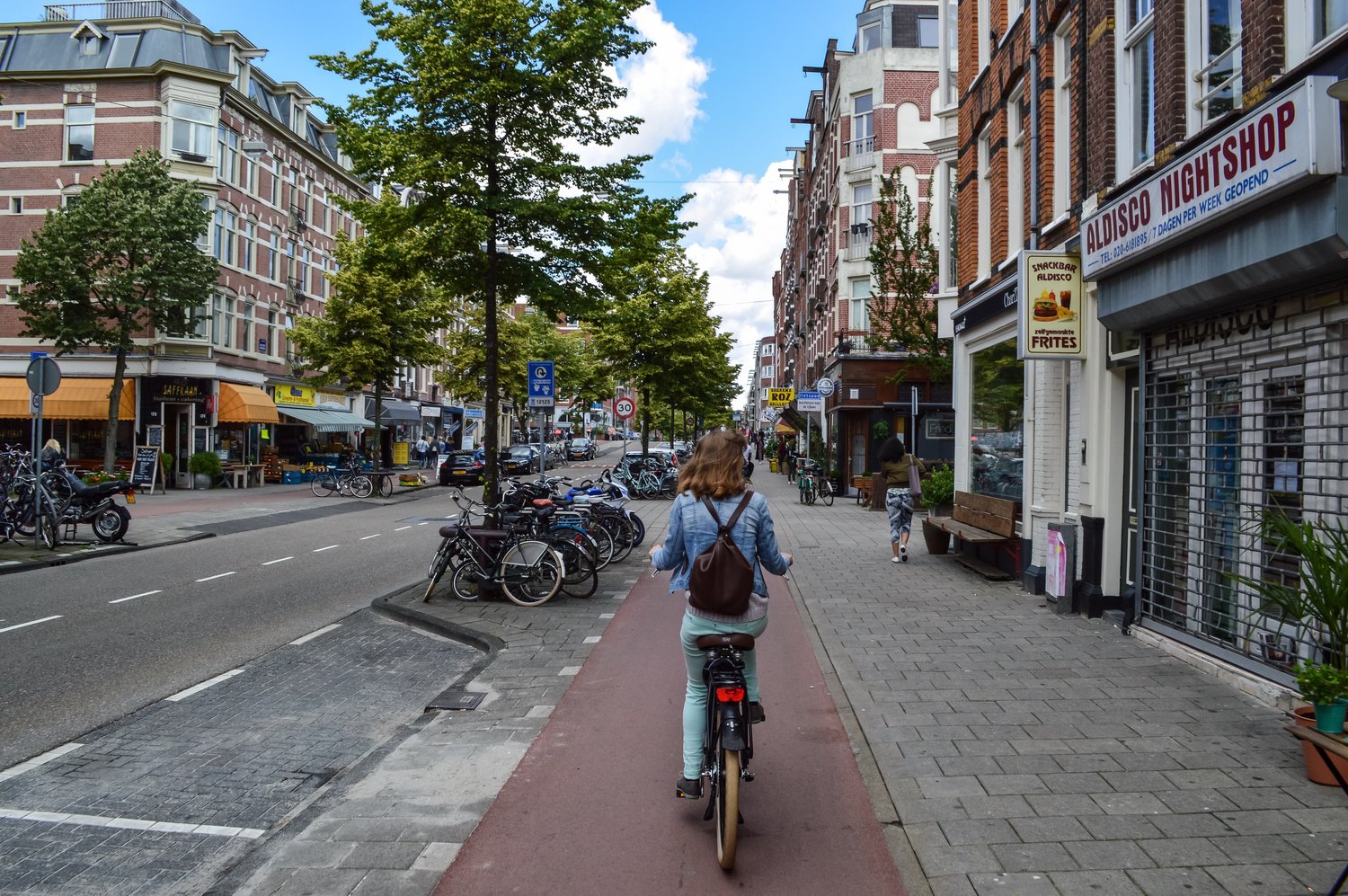Norway, Denmark, Germany... there's no shortage of European countries with cities that have a better safety record and much higher bicycle mode share than San Francisco. But the Netherlands stands above all others for its full embrace of fiets, or bicycles, for transportation.
That's central to the thesis of Building the Cycling City: The Dutch Blue Print for Urban Vitality, a new book from urbanists Melissa and Chris Bruntlett, published by Island Press. Contrary to popular belief, the Dutch didn't magically wake up one day with the best bike infrastructure in the world. Nor is cycling etched in their DNA. It was accomplished by smart, hard-working and open-minded politicians and advocates who pushed, innovated and cajoled their way to livable and safe streets back in the 1970s, when the country rebelled against the technocrats who were tearing down neighborhoods to build wide roads and parking lots for cars.
As the book chronicles, long before New York's Janette Sadik-Khan's lighter-quicker-cheaper approach to street transformations, there was Max van den Berg, who entered municipal politics in Groningen in the Netherlands back in 1969. He got into politics to help stop the urban planners of the day from ruining his town of some 200,000 people by building huge roads and encouraging mass-motoring right through the center of the city. Under his leadership as an alderman, Groningen developed a circulation plan that split the city into four districts. Cars could still access any area of the city, but as Streetsfilms documented, they can't drive straight through. This was initially accomplished by using temporary barriers to close off streets to cars, with ambassadors handing out flowers to frustrated motorists.
Just as in the Bay Area, merchants complained that this plan would destroy their businesses. Instead, the city center of Groningen filled with bicycles and pedestrians and it became a vibrant, successful model for cities around the Netherlands. Today, 57 percent of journeys within the city are made by bicycle.

Meanwhile, people in other cities in the Netherlands, horrified by the rising rate of car crashes, congestion, pollution and the OPEC oil embargo, started thinking along similar lines. Most notable perhaps is the large port city of Rotterdam. Its city center was bombed flat during WWII. City planners of the day, faced with this blank canvass, set out to rebuild and 'modernize' it by maximizing car throughput. Even today, Rotterdam looks like a city in North America, with large streets through the center of town, flanked by steel and glass skyscrapers.
This led to some innovative architecture, as the Bruntletts explain in the book, but neglected the "plinth"--as the Dutch call the first floor of buildings and the eye-level experience of walking or biking down a street. A plinth makes up 10 percent of a building, but represents 90 percent of the experience of a city, they write.
But here too city planners and advocates were able to retrofit and give their modernist city center back to pedestrians, transit, and bikes. Lanes were taken back form cars. Wide, grass-lined boulevards were established and a fast, integrated streetcar system was installed. Bike lanes with protective, tree-lined buffers were also put in. Some of the space for parking lots was made into public squares.
The Bruntletts also talk in the book about the political challenges of adapting Dutch strategies to American cities, including San Francisco. San Francisco's tendency to be so grassroots oriented, they write, has created a class of "uncompromising liberal NIMBYs so far to the left they've actually become hyper-conservative, and government officials have become paralyzed by the many disparate progressive stakeholders and their vast resources."
They cite Rob Anderson's infamous 2006 lawsuit that forced San Francisco to do environmental studies before building any bike infrastructure. That said, they also credit San Francisco for having the first "critical mass" demonstrations, and developing grassroots civic tactics such as Park(ing) Day. That Park(ing) Day-style prototyping, the book argues, can help San Francisco protect projects such as Better Market Street and proposed upgrades to the Embarcadero.

Overall, the book is a fantastic history of the Dutch evolution into the bike-capital of the world and how its history and solutions can be applied in San Francisco and elsewhere. It should be required reading for every politician, planner, advocate, traffic engineer or anyone else involved in the livable streets movement.
Building the Cycling City is available from Island Press for $25.






